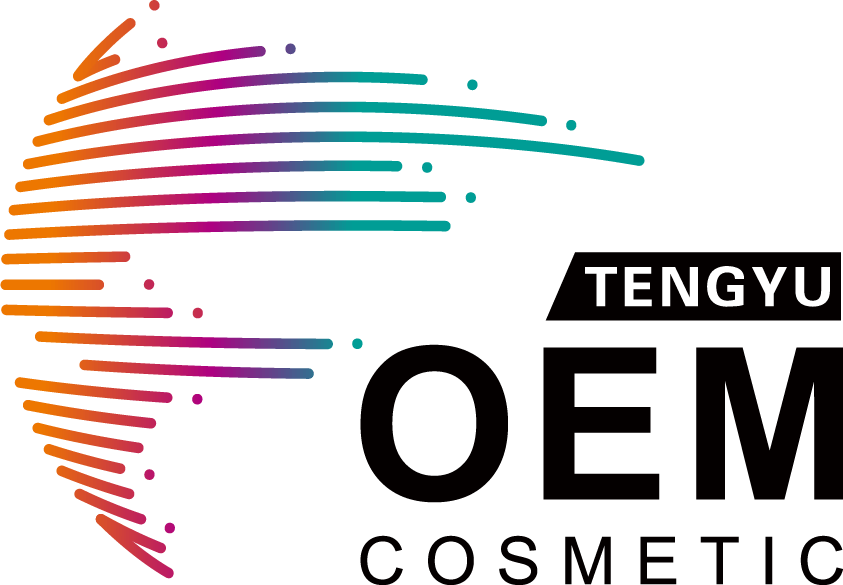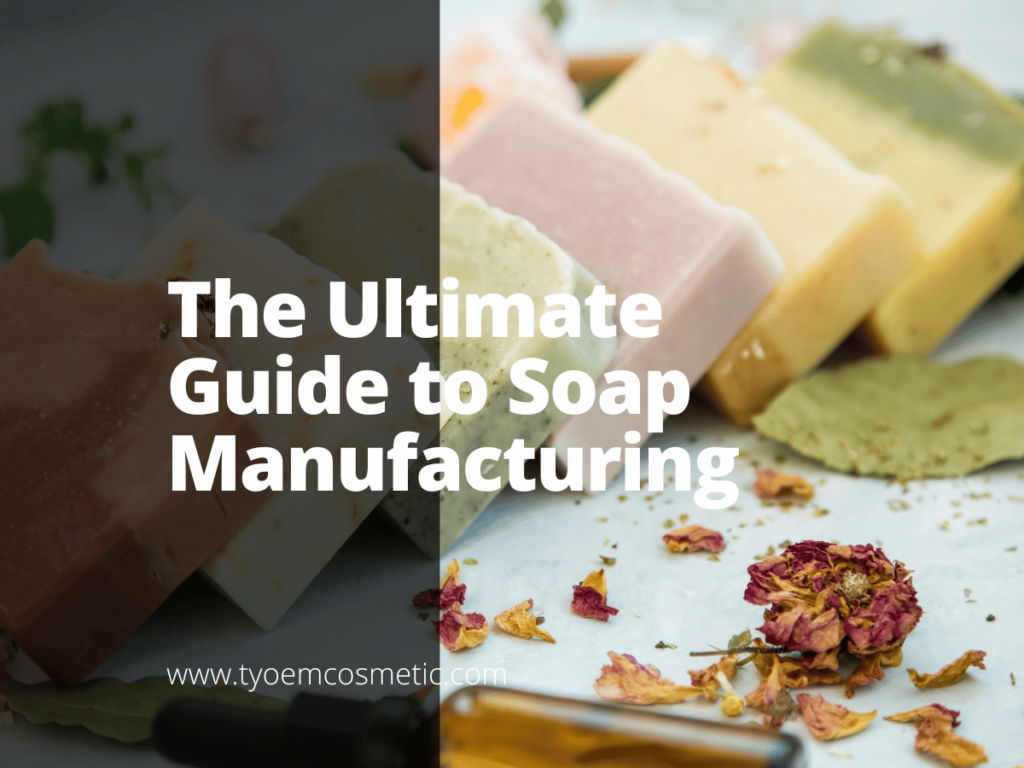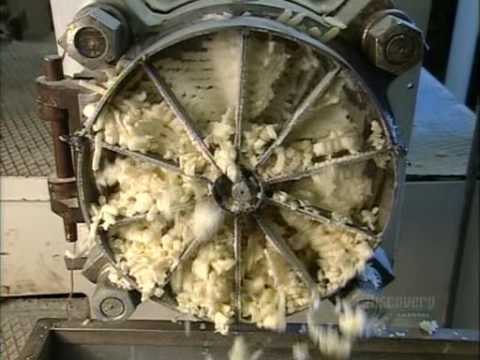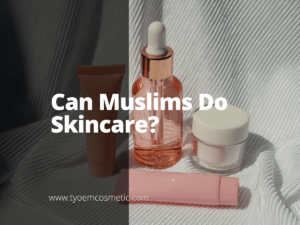Are you looking to get into the soap-making business? The soap manufacturing process can be quite complex, with a variety of different steps and ingredients involved. However, armed with the right knowledge, any brand can produce high-quality soap.
In this ultimate guide, we’ll cover everything you need to know about soap manufacturing, from the history of soap to the steps and tips to keep in mind when working with a manufacturer.
So, if you’re ready to learn everything there is to know about soap manufacturing, then let’s get started!
1. Overview: Soap Manufacturing
Soap is a substance that is used to remove dirt and grime from surfaces. The word “soap” is derived from the Latin word “sapo”, which means “to cleanse”.
Soap contract manufacturing is a vital process that helps to keep our world clean. Soap is used daily by billions of people around the globe, and its production plays an important role in the economy. While the basic principles of soap manufacturing are relatively simple, the process requires expertise and experience to produce high-quality products.
Here’s a video of how soaps are made, take a look at this!
2. The History of Soap Manufacturing
Soap has a long and varied history, dating back thousands of years. Here’s a quick rundown of the history of soap making:
| History of Soap Manufacturing | |
|---|---|
| 2800BC | The earliest soap-like substance is thought to have been used in ancient Babylon. It came from a combination of animal fat and ashes and was used to clean clothes and skin. |
| 1500BC | Soap-making flourished in Ancient Egypt, where it was used for personal hygiene and as a treatment for skin diseases. |
| 200AD | Soap-making spreads to Europe, where it is used as a medication for treating skin diseases such as scabies. |
| 800AD | The first true soap is made from animal fat and potash, an alkali derived from ashes. This soap is hard and brittle and not very good for washing. |
| Middle Ages | Soap-making is a well-established industry in Europe by the Middle Ages. However, it is still a luxury item due to the high taxes placed on it. Soap-making becomes an established industry in England, with London being the main center of production. |
| 18th Century | Soap making takes off in England during the Industrial Revolution. New technology and mass production techniques make soap more affordable for the average person. |
| 19th Century | Soap-making spreads to the United States, where it becomes a booming industry. This is helped by the discovery of new sources of raw materials. |
2800BC
The earliest soap-like substance is thought to have been used in ancient Babylon. It came from a combination of animal fat and ashes and was used to clean clothes and skin.
1500BC
Soap-making flourished in Ancient Egypt, where it was used for personal hygiene and as a treatment for skin diseases.
200AD
Soap-making spreads to Europe, where it is used as a medication for treating skin diseases such as scabies.
800AD
The first true soap is made from animal fat and potash, an alkali derived from ashes. This soap is hard and brittle and not very good for washing.
Middle Ages
Soap-making is a well-established industry in Europe by the Middle Ages. However, it is still a luxury item due to the high taxes placed on it. Soap-making becomes an established industry in England, with London being the main center of production.
18th Century
Soap making takes off in England during the Industrial Revolution. New technology and mass production techniques make soap more affordable for the average person.
19th Century
Soap-making spreads to the United States, where it becomes a booming industry. This is helped by the discovery of new sources of raw materials.
Today
Soap is an essential part of our daily lives and is produced on a large scale all over the world. The soap-making industry has come a long way since its humble beginnings and now there are many different types of soap available and there are even more ways to customize it to suit your needs.
3. Types of Soap and Their Purpose
Soaps come in many different forms and serve a variety of purposes. Here are seven different types of soap and their uses:
Glycerin Soap
Glycerin soap is made from glycerin, a byproduct of soap making. It is gentle on the skin and works well for people with sensitive skin.
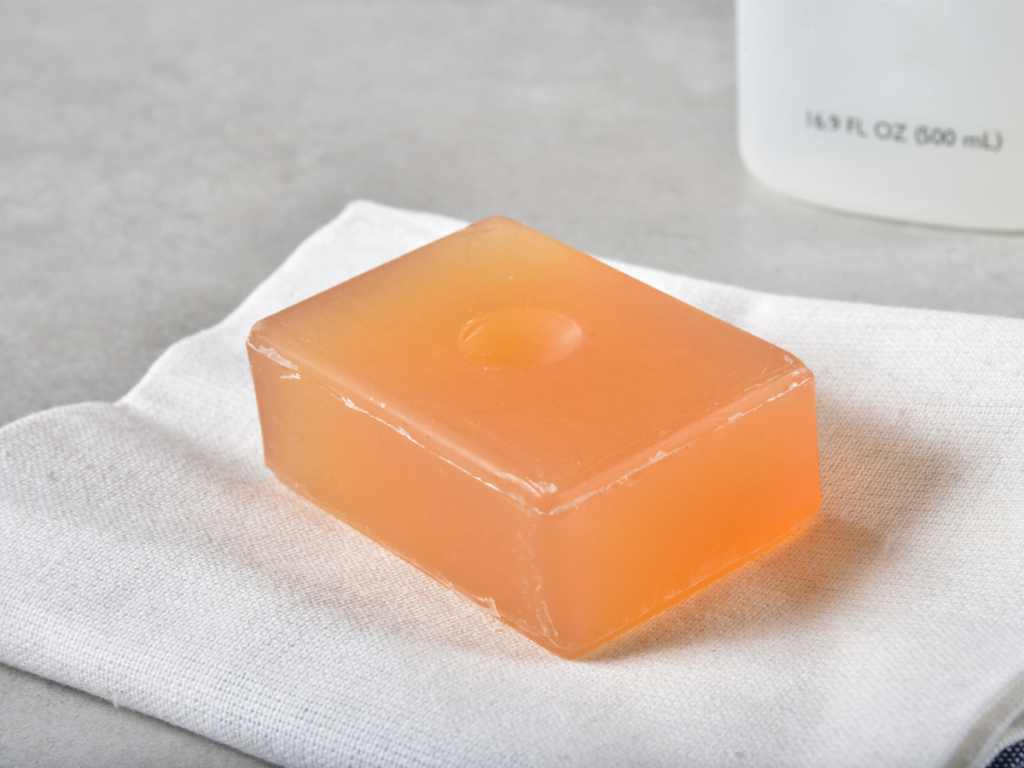
Castile Soap
Castile soap is made from olive oil and other plant-based oils. It is gentle on the skin and can be used as a shaving cream or shampoo.

Baby Soap
Baby soap is made without fragrances or dyes to avoid irritation. It is safe for use on infants and toddlers.
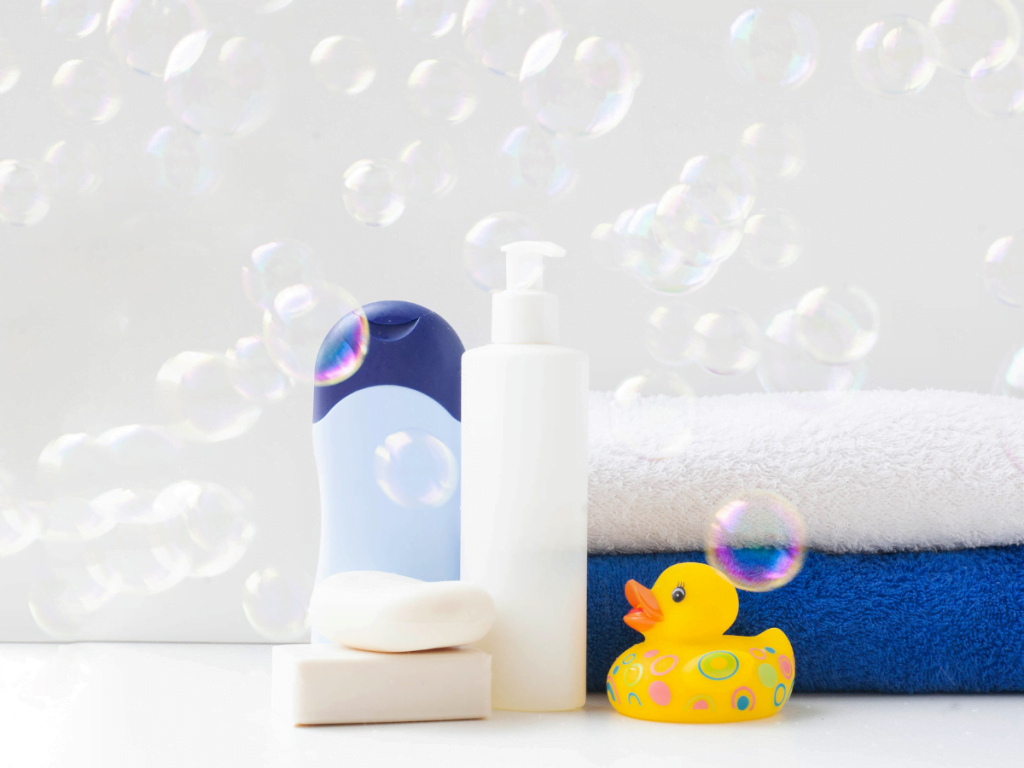
Deodorant Soap
Deodorant soap contains ingredients that help to control body odor. It is often used in sports settings or by people who sweat excessively.
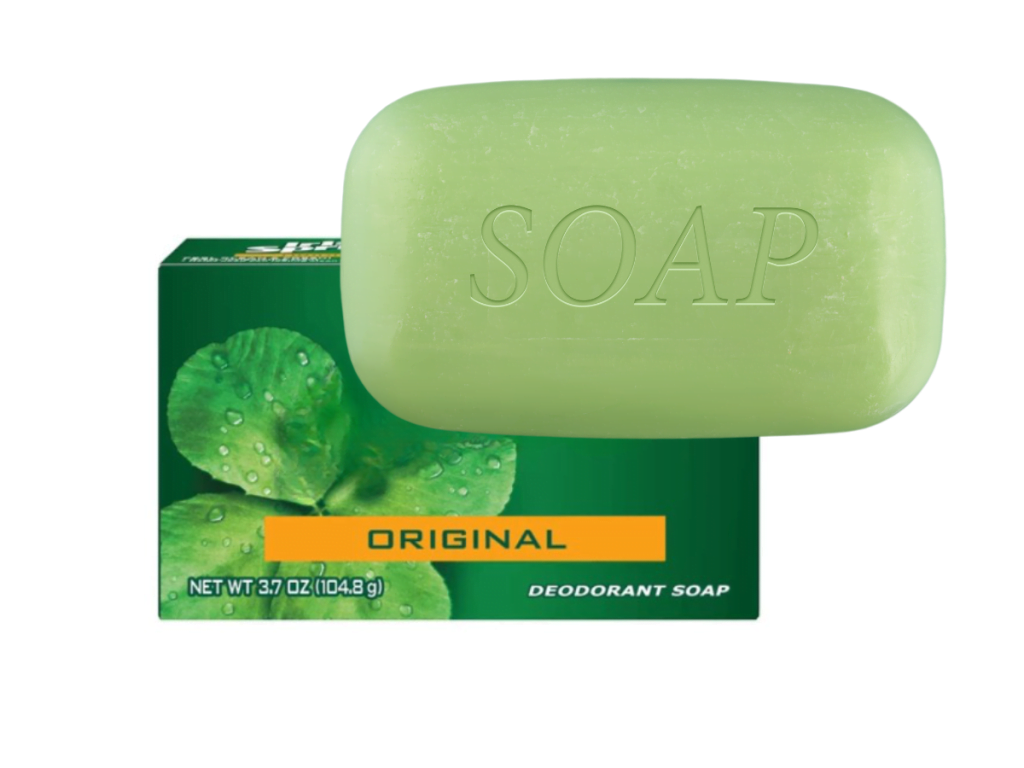
Antibacterial Soap
Antibacterial soap contains ingredients that kill bacteria such as staphylococcus. It is often used in hospitals or other places where there is a risk of infection.

Hand Soap
Hand soap is designed for use on the hands only. It typically has a milder formulation to avoid irritating the hands or striping them of natural oils.
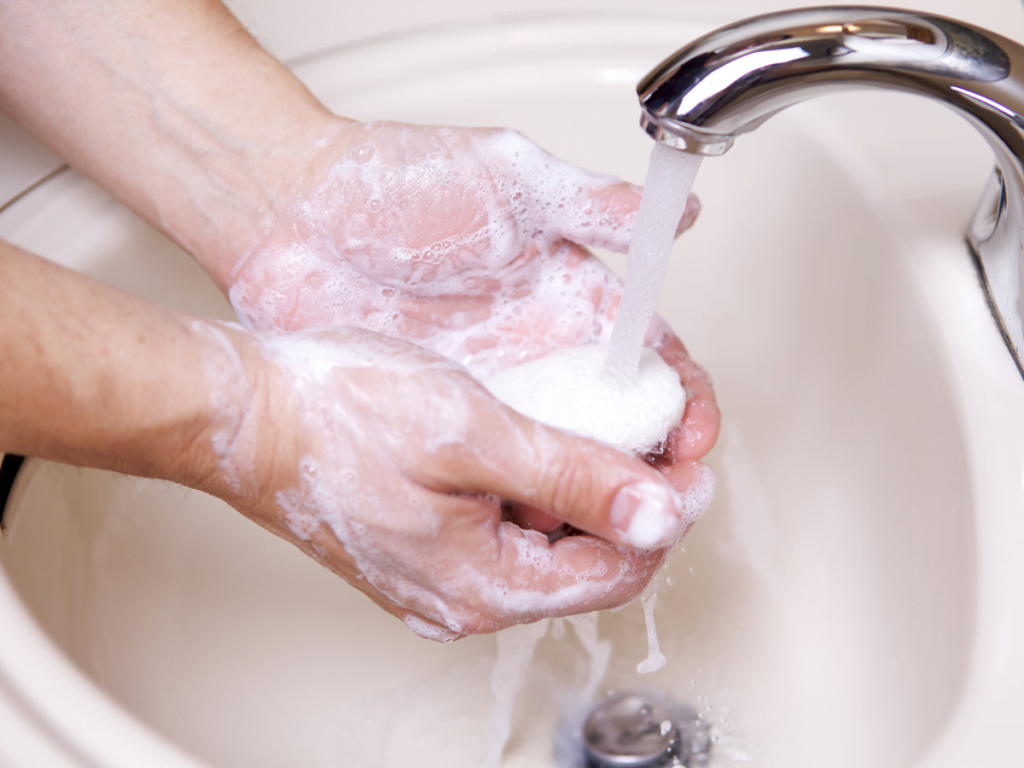
Bath Soap
Bath soap is designed for use on the body only. It is usually more moisturizing than hand soap and can come in a variety of formulations to suit different skin types. It usually contains fragrance and coloring.

Dishwashing Soap
Dishwashing soap is designed for cleaning dishes. It is usually stronger than hand soap and can remove tough stains and cooked-on food.
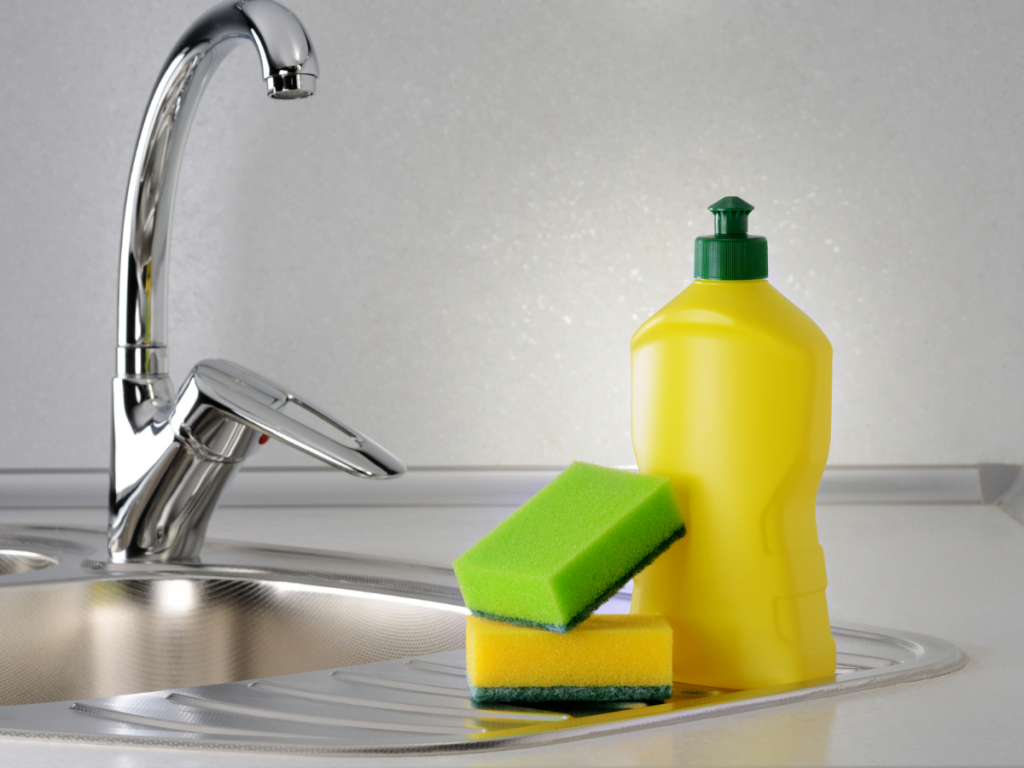
Laundry Soap
Laundry soap is designed for cleaning clothes. It is available in powder, liquid, or pod form. It is usually made up of surfactants, enzymes, and builders that work together to remove dirt and stains.
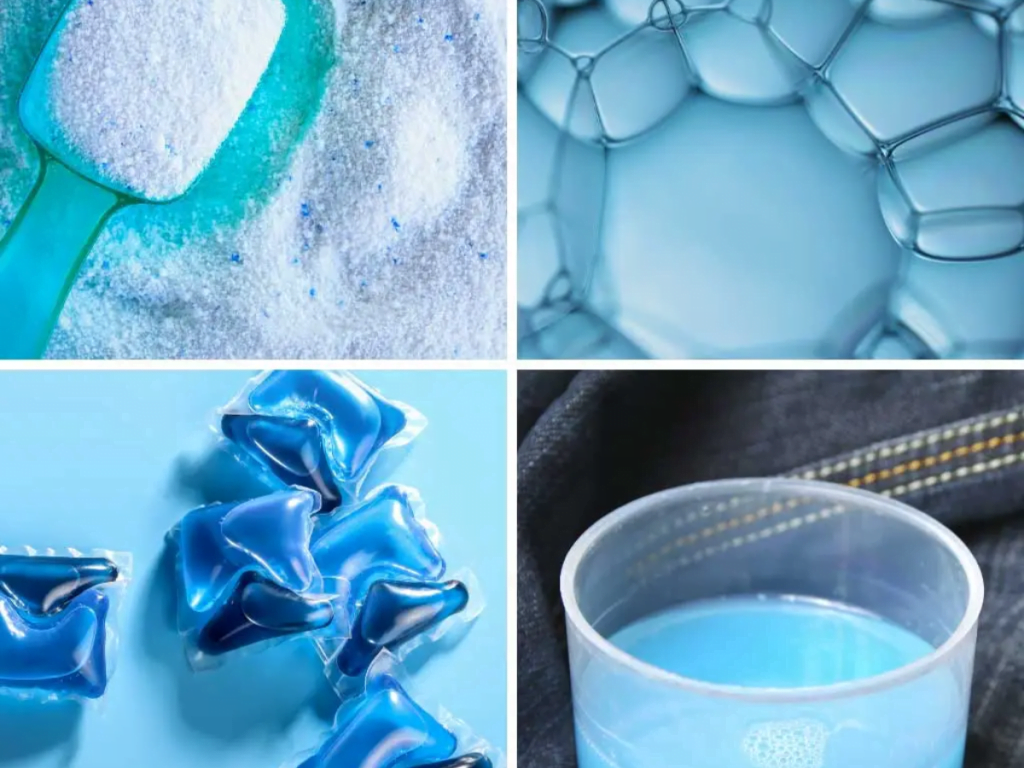
4. Popular Soap Fragrances
Over the years, soapmakers have developed a wide variety of fragrances to appeal to all tastes. Here are the most popular soap fragrances:
Powder Scent
Powder-scented soap has a fresh, clean scent that is reminiscent of baby powder. It is perfect for those who prefer a light fragrance. Powder scents are commonly used in laundry detergents and baby soaps.
Floral Scents
Floral scents are always popular, but they are especially trendy right now. These fragrances can be romantic and feminine, or they can be fresh and vibrant. They are commonly used in liquid soaps as well as laundry soaps.
The most popular floral scents include:
- Rose: Rose is a classic floral scent that has been popular for centuries. It is romantic and feminine, making it a great choice for women who want to feel pampered.
- Jasmine: Jasmine is a sweet and intoxicating floral scent that is perfect for nighttime use. It can help you relax and drift off to sleep.
- Lilac: Lilac is a fresh and delicate floral scent that is perfect for springtime. It has a light and airy smell that will refresh you on days when you need it most.
- Lavender: It is a classic fragrance that is perfect for both men and women. It has a calming and soothing smell that can help you relax after a long day.
Fruity Scents
Fruity scents are perfect for those who want a sweet and refreshing soap. These fragrances are perfect for summertime, but they can be used all year round.
The most popular fruity fragrances include scents like:
- Lemon
- Orange
- Grapefruit
- Cherry
- Watermelon
Spice Scents
Spice scents are perfect for those who want a warm and inviting soap. These fragrances are perfect for bath soaps, as they can help you relax and unwind after a long day.
The most popular spice scents include:
- Cinnamon
- Clove
- Ginger
- Nutmeg
- Vanilla
Woodsy Scents
Woodsy scents are perfect for those who want a soap that smells like the outdoors. These fragrances are perfect for men or for those who want a soap that has a masculine smell.
The most popular woodsy scents include:
- Cedarwood
- Pine
- Sandalwood
Earthy Scents
Earthy scents are perfect for those who want a soap that smells natural and earthy. These fragrances are perfect for hand soaps, antibacterial soaps, and even dishwashing soaps.
The most popular earthy scents include:
- Mint
- Tea Tree
- Eucalyptus
- Lemongrass
5. 5 Steps to Soap Manufacturing
There are 5 standard steps in soap-making, no matter the type of soap you want to create. Here’s a quick guide on how to make soap:
Step#1 Saponification
The first step in any soap-making process is called saponification. This is the chemical reaction that occurs when fats or oils are mixed with an alkali, such as lye. The mixture is then heated and stirred until it turns into a thick, smooth paste. It usually takes around 2 hours for this process to be completed.
Step#2 Neutralization
The next step is neutralization, which is when the mixture is cooled and any excess lye is removed. This ensures that the soap is safe to use and won’t cause any skin irritation. The pH level of the soap is also checked at this stage.
Step#3 Adding Color and Fragrance
Once the soap has been neutralized, you can add color and fragrance to it. This is entirely up to you and there are no set rules on what you can or can’t use. Many soap-makers like to add natural ingredients such as herbs, spices, and essential oils for both their scent and therapeutic properties.
Step#4 Molding and Cutting, Liquifying or Grinding
This step can be done in different ways depending on the form of soap you want to create.
If you want to create bar soap, the mixture will be poured into a mold and left to cool and harden.
If you opt for a liquid hand soap manufacturing process, the mixture will be blended with water until it reaches the desired consistency. If you want to create powder soap, the mixture will be dried and then ground into a fine powder.
Step#5 Curing
Finally, the soap needs to be cured. This is when it’s left to sit for 4 to 6 weeks so that the saponification process can be completed. You cannot miss this step as it will result in an inferior product. After the soap has been cured, it’s ready to be used.
6. 4 Tips for Choosing the Right Soap for Different Skin Types
Not all soaps are created equal, and each type of soap has its unique benefits and drawbacks. Here are tips to help you choose the right soap for any skin type:
#1 Moisturizing Ingredients
Dry skin needs extra moisture, so look for a soap that contains natural moisturizing ingredients like glycerin, shea butter, or cocoa butter. These ingredients will help to nourish and protect dry skin.
#2 Avoid Harsh Chemicals
Sensitive skins are prone to irritation, so it’s important to avoid harsh chemicals and other potential irritants that can trigger a reaction. Look for a soap that is hypoallergenic and free of harmful chemicals.
#3 Exfoliating Ingredients
Oily and acne-prone skins need to be exfoliated regularly to remove dead skin cells and other debris that can clog pores. Choose a soap that contains natural exfoliating ingredients like jojoba beads or apricot kernels. You may also opt for a medicated soap that contains Benzoyl peroxide or other acne-fighting ingredients.
#4 Soothing Ingredients
For eczema or other inflammatory skin conditions, look for a soap that contains soothing ingredients like chamomile or lavender. These ingredients can help to calm and protect irritated skin.
7. Soap Customization and Branding
There are endless possibilities when it comes to soap customization and branding. Here are ways you can make your soap stand out from the rest:
Use Interesting and Unique Packaging
A big part of soap branding is the packaging. You want your packaging to be eye-catching and reflect the style of your soap. Sustainable packaging is also a plus, as more and more consumers are looking for eco-friendly options.
Create a Compelling Brand Story
People love stories, so make sure your soap has a great story behind it. This will help people connect with your brand on a personal level.
Use Natural Ingredients
Another way to stand out is by using natural ingredients in your soap. This can be anything from essential oils to dried herbs. Not only will this make your soap more attractive to customers, but it will also make it better for their skin.
Offer Customized Scents
If you want to give your customers a unique experience, offer customized scents for your soap. This way, they can choose a scent that suits their individual taste.
8. How to Work With Soap Manufacturers
If you are looking to add soap manufacturing to your business, it is important to partner with a reputable and experienced company. Here are the steps to take in working with a soap manufacturer:
Step#1 Define Your Soap Brand
What are your core values? What is your target market? What packaging do you want to use? What types and forms of soaps are you planning to sell? Answering these questions will give you a good starting point for working with manufacturers.
Step#2 Do Your Research
You need to know about the competition, pricing, and the range of products available in the market. Additionally, familiarize yourself with the manufacturing process and quality standards used by different manufacturers. Doing this will help simplify your options and enable you to choose the right manufacturer for your product.
Step#3 Find a Manufacturing Partner
Once you have a clear idea of what you want, it’s time to start looking for a manufacturing partner. Try to find a company that shares your values and is experienced in making the type of soap you want to sell.
Step#4 Ask for A Quote and Request Samples
Use this opportunity to compare prices and find the best option. You can also ask for samples of the product once you have received a quote. This will help ensure that you are happy with the quality of the product before making a final decision.
Step#5 Negotiate Terms and Prices
After you have selected a manufacturer, it’s time to negotiate terms and prices. This is an important step in the process, so be sure to take your time and get the best deal possible. This is the best time to ask for discounts or additional services, such as private labeling or custom packaging.
Step#6 Place Your Order
Once you have agreed to the terms and prices, you can place your order. Be sure to give clear instructions to the manufacturer so that they can create a product that meets your specifications. start with a small order to test the quality of the product and the manufacturing process.
Step#7 Pay Necessary Charges
Manufacturers usually require a 50% downpayment before they begin producing your product. This will cover the cost of labor and raw materials. You will have to pay the remaining 50% once your order has been shipped to you.
When working with a manufacturer based in another country, you should anticipate the following extra costs:
- Shipping and handling fees: This will depend on the weight and volume of your order.
- Customs duties and taxes: These will vary depending on the country you’re importing from. It usually costs around 2% to 5% of the product’s value.
- Insurance costs: This is to protect your shipment in case it gets lost or damaged in transit. It usually costs around 1% to 2% of the total value of your shipment.
Step#8 Receive Order and Discuss Feedback
Once you have received your order, take some time to check the quality of the product. If you are happy with it, then you can start selling it to your customers. If there are any issues, be sure to contact the manufacturer so that they can make the necessary changes.
Keep in mind that it takes time and effort to build a good relationship with a manufacturer. Be patient and be sure to communicate your needs clearly.
9. Where to Find the Right Manufacturer
There are a few different places you can look where is soap manufactured. Here are a few options:
Trade Shows
Trade shows are great because they give you a chance to meet manufacturers in person and see their products up close. This is also a great place to get the best prices since manufacturers are usually willing to negotiate at trade shows.
Industry Associations
These organizations can help you connect with the right manufacturers for your business. Manufacturers from all over the world are members of these associations, so you’re sure to find one that’s a good fit for you.
Social Media
Social media is a great way to connect with potential manufacturers. You can search for manufacturers by location, product, or even keyword. Platforms like Facebook and LinkedIn also have groups dedicated to connecting manufacturers with businesses. You may also contact the customer service of a potential manufacturer directly from these platforms.
Online Marketplaces
Online marketplaces offer a wide selection of manufacturers to choose from. These websites allow you to compare prices, products, and services of different manufacturers all in one place.
Some of the popular online marketplaces you can check out include:
- Alibaba
- Global Sources
- Made-in-China
- ThomasNet
- EC21
- IndiaMart
We at TY Cosmetic deliver high-quality and effective goods at reasonable costs to skincare brand merchants, spas, and salons all around the globe. Contact us today to learn more about our manufacturing process and how we can help your business.
10. 6 Buying Tips About Soap
When it comes to buying soap, there are a few things you should keep in mind. Here are 6 essential tips to help you make the best purchase:
#1 Skin Types
The first thing you need to consider is the different skin types. Not all soaps are suitable for all skin types. Some are meant for dry skin, while others are better for oily skin. Be sure to offer soaps that can cater to the different skin types of your target market.
#2 Scent
You want to make sure that the soap you’re offering has a pleasant scent that will leave your customers feeling refreshed. Avoid using strong fragrances that can be overwhelming.
#3 Ingredients
The ingredients in the soap are just as important as the scent. You want to make sure that the soap is made with natural ingredients that are gentle on the skin. Avoid soaps that contain harsh chemicals that can cause skin irritation.
#4 Packaging
The packaging of the soap is also important. You want to make sure that the soap is packaged in a way that’s appealing to your target market. The packaging should also be durable and easy to store.
#5 Special Formulations
Some soaps come with special formulations to target specific skin concerns. For example, some soaps are designed to whiten the skin, and some soaps are meant to cure some skin conditions. Be sure to offer a variety of special formulations to appeal to different customer needs.
#6 Shelf Life
Finally, you want to make sure that the soap you’re offering has a long shelf life. You don’t want your customers to be stuck with a soap that expires quickly.
Conclusion
Soaps are part of our daily lives, and we use them for many different purposes. Manufacturing them is an important process that involves many different steps. Working with a trusted manufacturer can make all the difference in ensuring that you get a quality product.
TY Cosmetic offers a wide range of high-quality raw materials and finished products, making it easy to private label your skincare line. Launching a skin care product line is now within reach with our experienced staff by your side every step of the way. Contact us today for more information!
